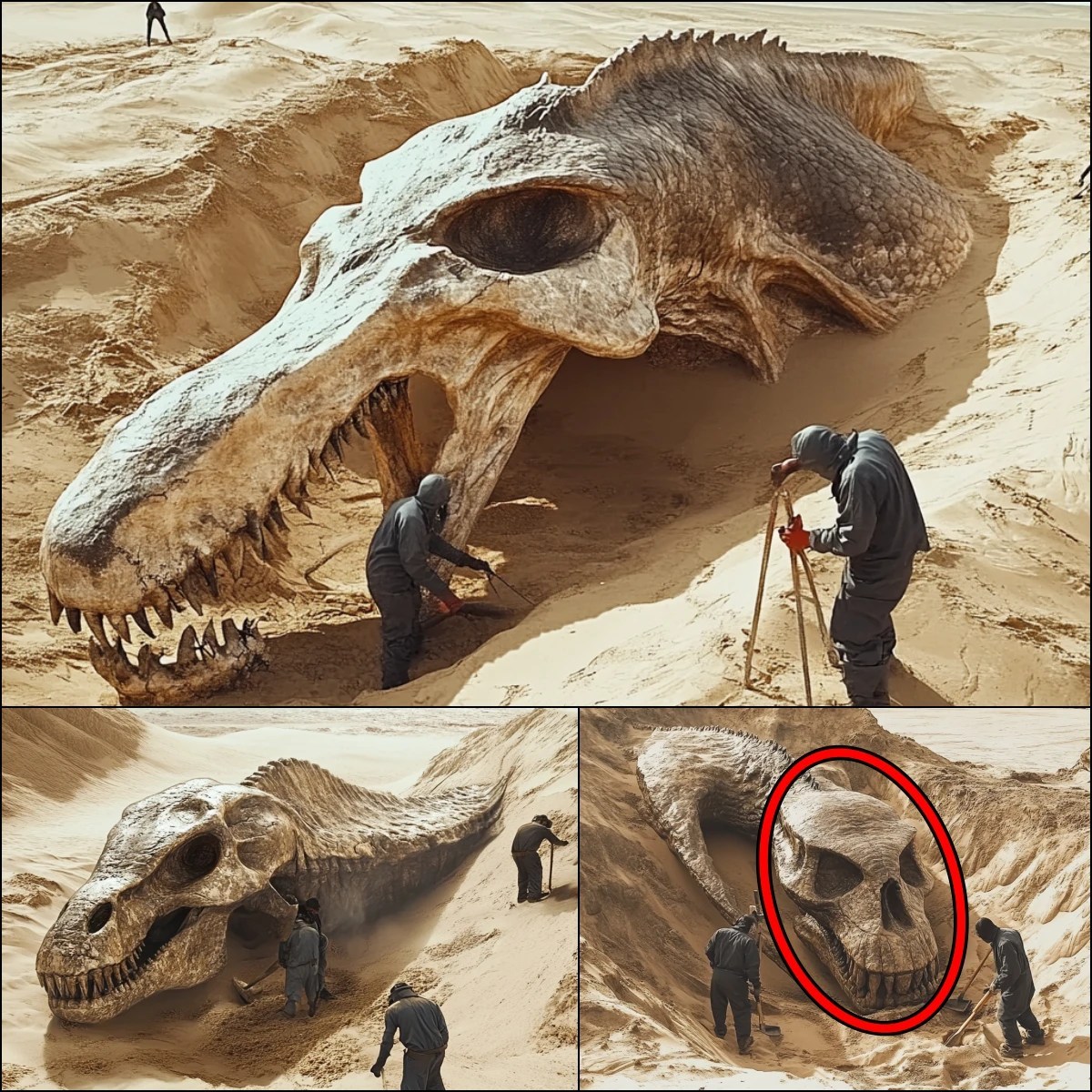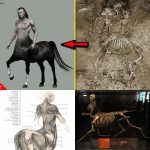Sahara’s Giant Dragon: A Prehistoric Titan Unearthed

Beneath the sun-scorched dunes of the Sahara Desert lies a world frozen in time, holding secrets of life that existed millions of years ago. Paleontologists have recently uncovered one of the most extraordinary finds in the region’s prehistoric record: the fossil of a colossal creature, now dubbed the “Sahara Dragon.” This discovery not only illuminates the diversity and scale of prehistoric life but also challenges our understanding of ancient ecosystems in one of Earth’s most extreme landscapes.

An Astonishing Fossil Discovery
The Sahara Dragon’s fossilized remains reveal a creature of immense size and power. From massive vertebrae to robust limb bones, each fragment offers insights into its anatomy, lifestyle, and adaptation strategies. Researchers believe that this prehistoric titan dominated its environment, relying on sheer strength and resilience to survive in a world long before humans walked the Earth. The scale of the bones suggests a creature that inspired awe and fear in its contemporaries, earning it the evocative nickname that links myth with paleontology.
The fossil site itself provides a wealth of contextual information. Sediment layers and surrounding geological features allow scientists to reconstruct the creature’s habitat, offering clues about climate, flora, and fauna during its lifetime. This level of preservation is rare and grants a glimpse into a prehistoric Sahara far different from the arid desert we know today—one that likely supported lush wetlands, diverse ecosystems, and an astonishing array of megafauna.
Insights Into Prehistoric Life

The Sahara Dragon’s discovery enhances our understanding of adaptation and survival in prehistoric ecosystems. Its massive skeletal structure suggests a creature capable of long-distance movement, predation avoidance, and resource exploitation in challenging environments. Studying its bones also allows paleontologists to explore evolutionary relationships with other prehistoric giants, tracing lineages and ecological roles that shaped the dynamics of ancient life.
Beyond biology, this find sheds light on the Earth’s changing climate and geography. Millions of years ago, the Sahara would have been a very different landscape—lush, dynamic, and capable of sustaining a variety of large species. The Sahara Dragon stands as a testament to these dramatic shifts, reminding us that deserts, often perceived as barren, can preserve extraordinary evidence of life from the deep past.
Captivating the Scientific and Public Imagination
The Sahara Dragon is more than an academic curiosity; it ignites the imagination of scientists, educators, and the general public alike. Exhibitions, documentaries, and scholarly research are poised to highlight the creature’s significance, emphasizing both its ecological role and its place in the story of life on Earth. This discovery bridges science and storytelling, illustrating how fossil evidence can revive worlds long thought lost.
Conclusion
The Sahara Dragon fossil is a window into a prehistoric world where immense creatures roamed and nature’s power was on full display. Each bone fragment uncovers stories of adaptation, survival, and ecological complexity, reminding us that our planet’s past holds mysteries still waiting to be discovered. This extraordinary find not only expands our knowledge of prehistoric life but also inspires wonder at the hidden histories buried beneath the sands of the Sahara. Paleontology continues to reveal Earth’s ancient landscapes, and the Sahara Dragon is a striking reminder of the grandeur and mystery of life millions of years ago.










